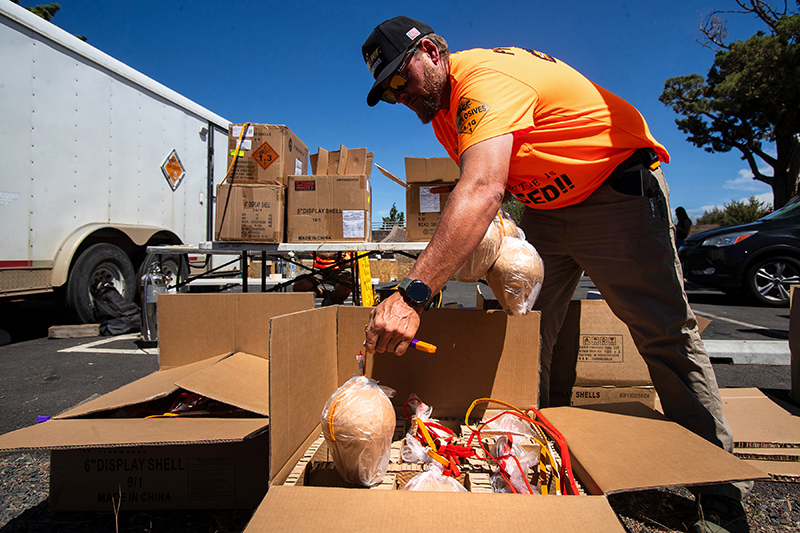Guest column: Service providers are addressing Central Oregon’s homelessness
Published 7:36 pm Friday, May 2, 2025
For those who have lived in Deschutes County since 2004, you are part of the 87.5% increase in population – 115,367 to 212,573 (PSU data). Candidly, our housing crisis isn’t a “them” problem, it is an “us” problem.
In Central Oregon, we lack 4,444 of housing units to meet our current needs.
So where is the bright light at the end of the tunnel? Is there a strategy to solve this issue? The answer is as complex as the issue. Yes, but it will take time.
Our local governments are engaged in seeking remedies and solutions to create more housing. Our region has brought thousands of units online, including the development of Permanent Supportive Housing Program, business community-led workforce housing opportunities, and land trusts; all made possible through new partnerships.
Is it working, yes. Is it without controversy, no. Will we see significant improvement right away, also no.
This is where much of our attention is typically focused. What we do not see though, is the magical work being done day in and day out on the other end of the spectrum, by our dedicated network of service providers. Their work is simply profound—keeping thousands of our neighbors from dropping into homelessness and helping hundreds transition from homelessness to stable housing each year.
The results speak volumes: In just two years, our region’s housing continuum options nearly doubled – from 561 units in 2022 to 1081 in 2024. Thanks to this expanded capacity, in 2024, 5,650 individuals or 4,473 households were either prevented from becoming homeless, stabilized and placed into shelters, or successfully transitioned from homelessness into new homes.
Our service providers understand a fundamental truth: housing ends homelessness. The Housing First approach prioritizes providing permanent housing as the foundation from which people can get stabilized, improve their health and wellness, and improve their quality of life.
As we approach the release of the 2025 Point-in-Time (PIT) count in early May, it is important to understand what these numbers represent, and what they don’t. Behind every statistic is a human story, and behind every success is a collaborative effort among our service providers who embody the best of our community values.
While PIT counts are an important tool, they’re just one snapshot taken on a single night in January. This year’s count may show an increase in homelessness, partly due to enhanced volunteer participation and improved outreach efforts—meaning more people are being identified and offered support. Remember that these counts include individuals in shelters, hotels, and Safe Parking Programs.
Despite our significant achievements, a puzzling contradiction exists, homelessness numbers continue to rise. The explanation is sobering nationwide—for every 10 people we house, approximately 12 more lose their homes. Without our current prevention and housing efforts, the crisis would be substantially worse.
Unfortunately, misconceptions about homelessness persist. Many believe that those experiencing homelessness choose to live outside, or in shelters. The truth is that the vast majority will and have accessed housing when offered options. Recent proof of this is the rehousing of approximately 312 households from our encampments in 2024.
Investing in housing solutions are not just humane — its economical. According to the National Alliance to End Homelessness, a chronically homeless person costs the taxpayer an average of $35,578 per year, but costs are reduced by 49.5% when they are placed in supportive housing, which costs on average $12,800. Housing allows for stability, stability generates resilience, resilience generates independence.
As a community, we all have a role to play in addressing homelessness. Stay informed, advocate for policies that prioritize affordable housing, partner with local organizations, and consider donating to fill the gaps that formal funding often misses. Most importantly, thank the service providers who show up every day, working tirelessly to help those who need it most.
Housing is a powerful catalyst for job creation, educational success, and enhanced community health, wellness and stability. Housing also ends homelessness. The solutions exist. Together, we can implement them.
Tammy Baney is executive director of the Central Oregon Intergovernmental Council. Molly Heiss is board co-chair of the regional Coordinated Houseless Response Office. Eliza Wilson is board chair of the Homeless Leadership Coalition.








